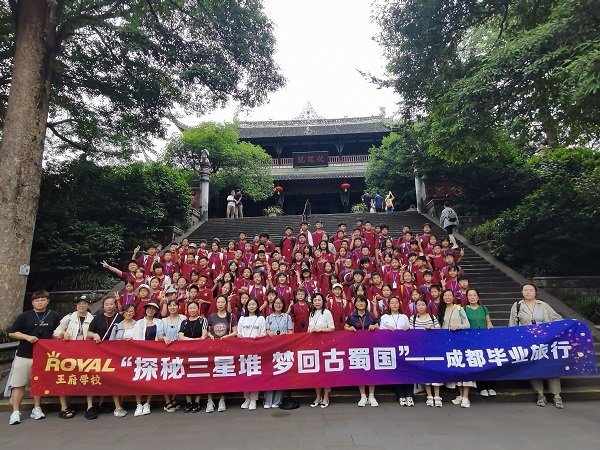search for a Trip
Chinese 'cupping' treatment enjoys great popularity
source:cctv
An ancient Chinese physical therapy technique is having its moment in the global spotlight. The large purple circular marks on U.S. Olympic swimmer Michael Phelps and other athletes have attracted a lot of curiosity around the world. They essentially come from a treatment known simply as "cupping."
Cupping has been around for a very long time; ancient Greek and Roman texts mentioned it and it has been in practice in China for at least 2,000 years, but in the U.S. It is still relatively unknown and few people have experienced it.
Cupping, which is often combined with acupuncture, uses heated glass cups placed on the body to draw blood to the surface of the skin. It is meant to increase circulation and help with soreness and healing.
Celebrities like Jennifer Aniston and Gwyneth Paltrow are fans of the treatment despite the large circular bruises they leave.
Those marks were noticeable on U.S. Olympic swimmer Michael Phelps when he competed in Rio recently, triggering renewed interest in the ancient tradition.
Cupping's endorsement from a pro-athlete like Phelps will likely give the practice more legitimacy, but does the treatment really have any proven medical benefit?
A 2012 review of existing studies on cupping found some benefit for those suffering from shingles, facial paralysis and acne but not sore muscles. The review said the studies were not done carefully so their results are not reliable.
Other medical professionals insist more studies need to be done before we can make any concrete conclusions.
"I agree some of the qualities of the studies weren't perfect but it still doesn't meant that there isn't something there that some of my patients find very beneficial. So, I think we have to be careful we don't do a blanket endorsement; we don't have enough evidence for that, but I don't think we should throw out the baby with the bathwater just because the perfect studies haven't been completed yet," said Brent Bauer, director of Mayo Clinic.
More Attractions
Recommended Tours






